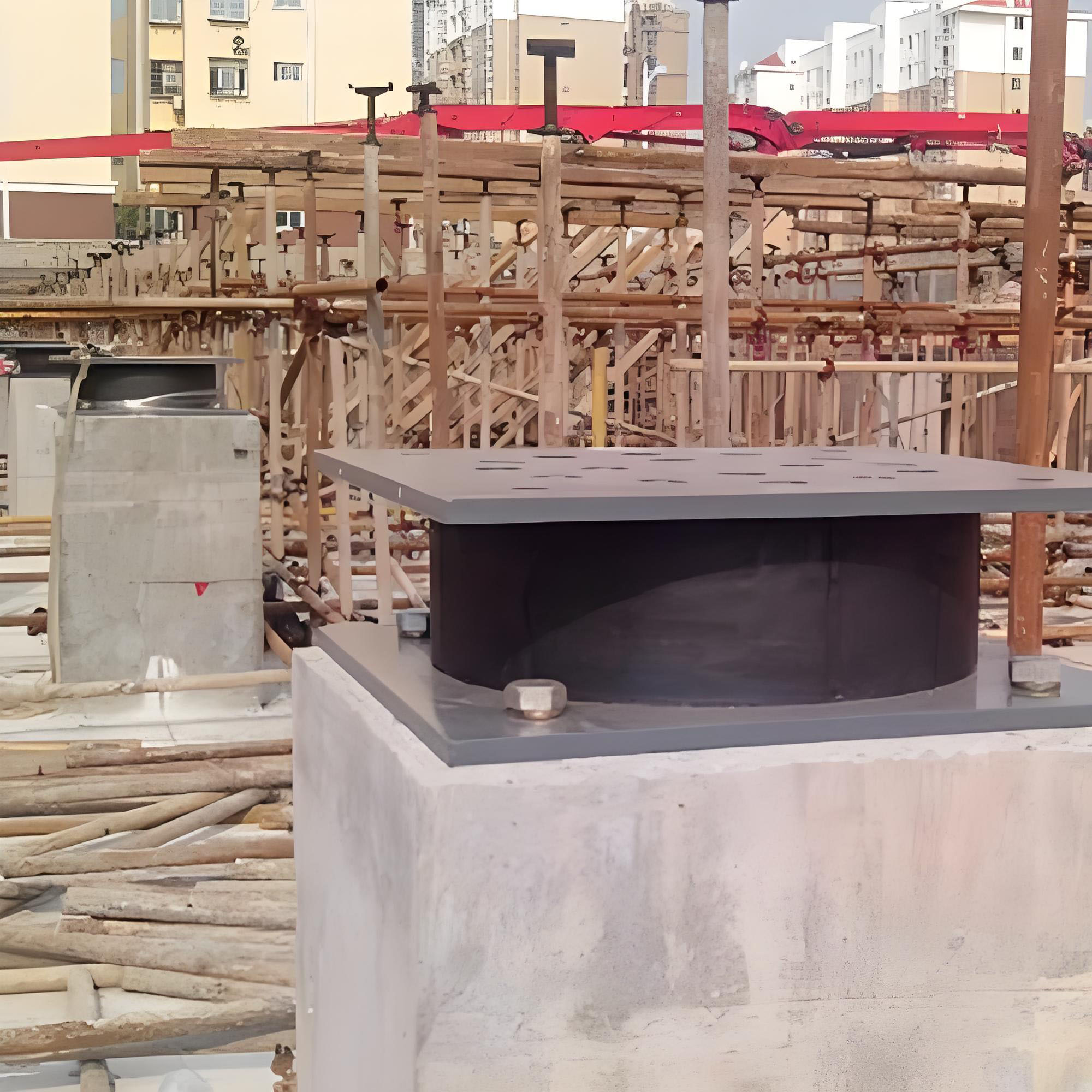Home < News < Seismic Engineering in the Philippines: Building Life-Saving Resilience on the Pacific Rim
Strategically positioned within the volatile Pacific Ring of Fire, the Philippines faces relentless tectonic pressures from the collision of the Eurasian and Philippine Sea plates. This geological reality demands rigorous seismic engineering protocols, particularly for critical infrastructure like hospitals, schools, and bridges. This analysis examines the structural innovations and policy frameworks fortifying the nation against seismic threats.
Hospitals: Ensuring Continuity of Care
Advanced Seismic Isolation: Leading facilities (e.g., National Kidney and Transplant Institute) deploy base isolation systems incorporating Lead-Rubber Bearings (LRB) or Friction Pendulum Bearings (FPB). These systems decouple superstructures from ground motion, reducing seismic acceleration transfer by 75-87%. This preserves functionality of operating theaters, ICUs, and sensitive equipment (MRI/CT scanners) during earthquake
Ductile Framing & Component Integrity: Structures follow strict capacity design principles ("strong columns-weak beams"). Reinforced concrete frames feature closely spaced hoops at beam-column joints for shear resistance and concrete confinement. Non-structural components (NSCs) are prioritized through seismic bracing of medical gas lines, suspended ceilings, and cladding to prevent hazardous failures.
Schools: Collapse Prevention & Resilience
Systematic Retrofitting: The Department of Public Works and Highways (DPWH) addresses vulnerable masonry school buildings using steel-braced frames or concrete shear walls. Unreinforced masonry walls are strengthened via ferrocement jacketing, while carbon fiber-reinforced polymer (CFRP) wraps reinforce weak joints.
Performance-Based New Construction: New schools utilize Special Moment-Resisting Frames (SMRF) designed per NSCP 2015 response spectrum analysis, accounting for near-fault effects. Autoclaved aerated concrete (AAC) panels minimize structural mass and debris hazards.

Bridges: Seismic Displacement Management
Integrated Isolation & Energy Dissipation: Strategic bridges (e.g., San Juanico Bridge) incorporate LRB seismic isolators at piers, leveraging lead-core plasticity for energy dissipation. Modular segmentation with wide seismic gaps and cable restrainers prevents unseating during extreme displacement.
1.
Ductile Piers & System Redundancy: Columns employ ductile detailing with dense spiral reinforcement in plastic hinge zones (per ACI 318). Structural overstrength at critical connections enhances collapse resistance through internal force redistribution.
NSCP 2015: Performance-Based Mandates
Adopts Performance-Based Seismic Design (PBSD), scaling requirements by Occupancy Category (e.g., Hospitals: Category IV) and site-specific Seismic Hazard Parameters from the Philippine Seismic Model (PSH).
Specifies approved structural systems, analysis methodologies (linear/nonlinear dynamic), material standards, and critical detailing (e.g., splice lengths, confinement reinforcement), aligning with ACI 318/AISC 341.

Build Back Better (BBB) Doctrine
Post-disaster reconstruction (e.g., post-Haiyan) requires facilities to exceed pre-disaster seismic ratings with optimized layouts, geohazard avoidance, and redundant backup systems (power/water).
National Infrastructure Resilience Program
DPWH-led seismic vulnerability assessments (RVS/DVA methods) identify at-risk hospitals, schools, and bridges for prioritized seismic retrofitting.
Capacity Building & Enforcement